Major Report on Fatigue Released
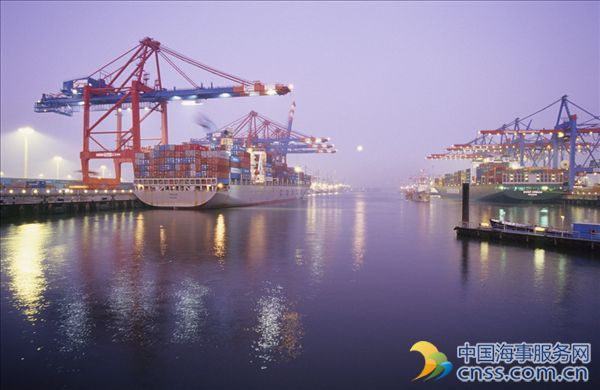
Fatigue has long been identified as a factor in maritime accidents. It is most commonly associated with tiredness and extreme cases involve seafarers falling asleep on duty. But fatigue isn’t just about sleepiness. It affects concentration and work performance which in turn increases the risk of an accident.
To better understand seafarer fatigue, Project MARTHA was set up in 2014. The research and surveys were carried out by a number of educational institutions from China, Denmark, Sweden and the UK and was supported by industry group InterManager. Four shipping companies volunteered to be part of the study and the data collected included crew questionnaires, individual interviews and maintaining diaries. In some cases crew activity and rest was collected from volunteers wearing special watches. Following two studies into the subject, a final report was published in February 2017.
Are You Feeling Sleepy?
The report emphasises that fatigue and sleepiness are not always the same. You can be suffering from fatigue but not necessarily feel sleepy. Definitions can be blurred but sleepiness is essentially a short term condition that comes on quickly and usually has a single cause – lack of sleep. Fatigue, on the other hand, is a long term condition that gradually takes hold and can be caused by a number of factors.
Symptoms of Fatigue
The health effects of fatigue considered by the research can be mental and physical. Do you recognise any of these symptoms?
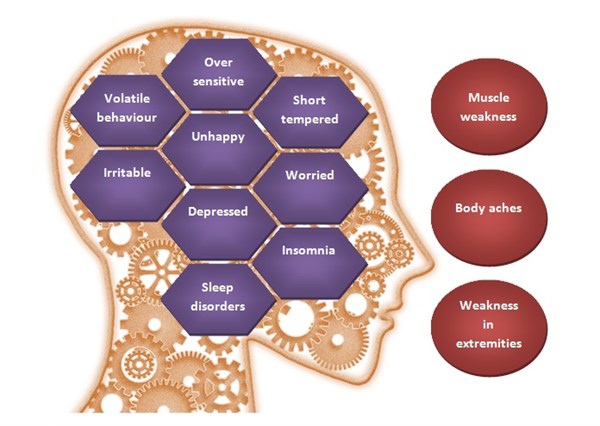
These effects can be made worse by poor diet, sedentary activity, smoking, drugs and alcohol.
Report Findings
A key conclusion is that the longer a seafarer is on board a vessel, the less motivated they become and levels of stress and fatigue increase.

This might sound obvious but it is important to consider these effects when crew have been on board for several months and subject to a challenging itinerary. Merely ensuring that a crew member receives the minimum legal amount of rest under STCW and MLC is not a guarantee of avoiding fatigue.
Other key findings from the report are:
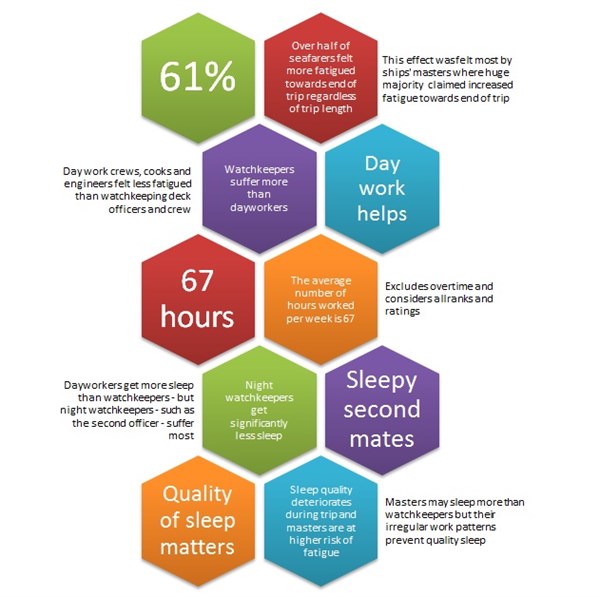
What Do Seafarers Worry About?
The crew members taking part in the surveys were asked what contributed to the stress and fatigue they were experiencing. These included:
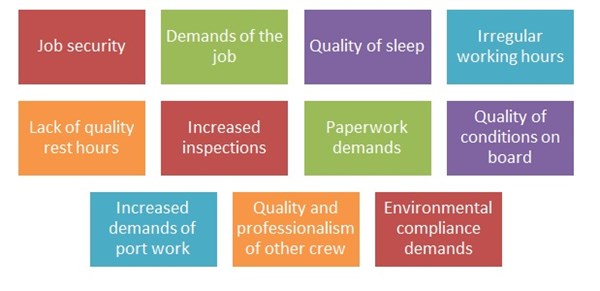
What Do Seafarers Want? Bigger Beds and More Time in Them?
The participants were asked where they thought improvements could be made that would alleviate fatigue.
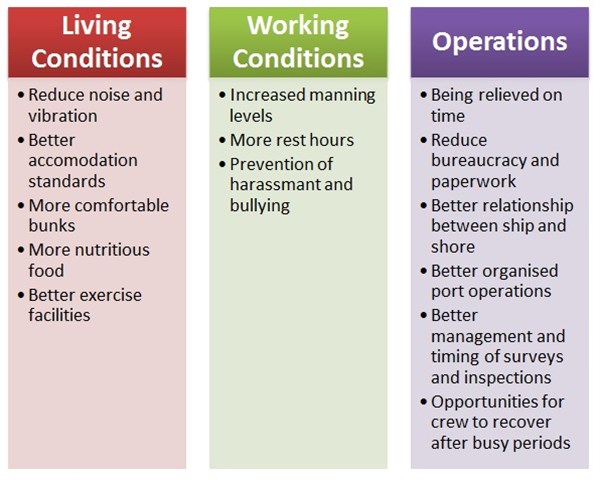
Underpinning these suggestions was the acknowledgment that a shift in culture was needed with respect to fatigue. The prevailing mind-set of “it’s always been like this” has to be challenged. Shore staff and external parties such as agents and inspectors need to recognise the impact their demands have on the crew.
The Future: Fatigue Risk Management
The current regulations under STCW and MLC are that a seafarer must get 10 hours rest in any 24 hour period and 77 hours in any 7 day period. The rest can be divided into a maximum of two periods, one of which must be at least 6 hours uninterrupted.
If a crew member complies with these requirements, is fatigue avoided? The Project MARTHA report suggests not.
The report refers to studies from the aviation and rail transport industries where there has been a shift from prescriptive rules on rest to a goal-based system. These are known as fatigue risk management systems (FRMS).
Acknowledging that a crew member getting only the minimum number of hours of rest to comply with current rules does not necessarily prevent fatigue, a FRMS will take into account other factors, such as quality of sleep and work patterns. The framework of the FRMS is built around:
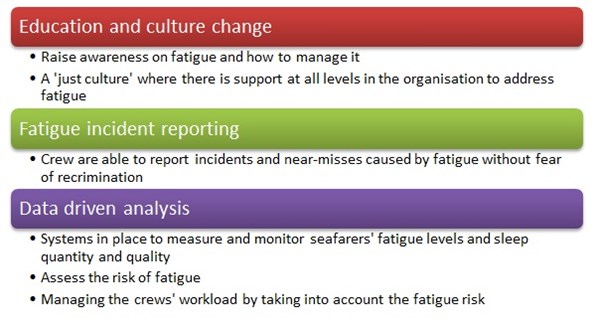
Source: North P&I
HEADLINES
- Do shipping markets want Biden or Trump for the win?
- All 18 crew safe after fire on Japanese-owned tanker off Singapore
- Singapore launching $44m co-investment initiative for maritime tech start-ups
- Cosco debuts Global Shipping Industry Chain Cooperation Initiative
- US warns of more shipping sanctions
- China continues seaport consolidation as Dalian offer goes unconditional